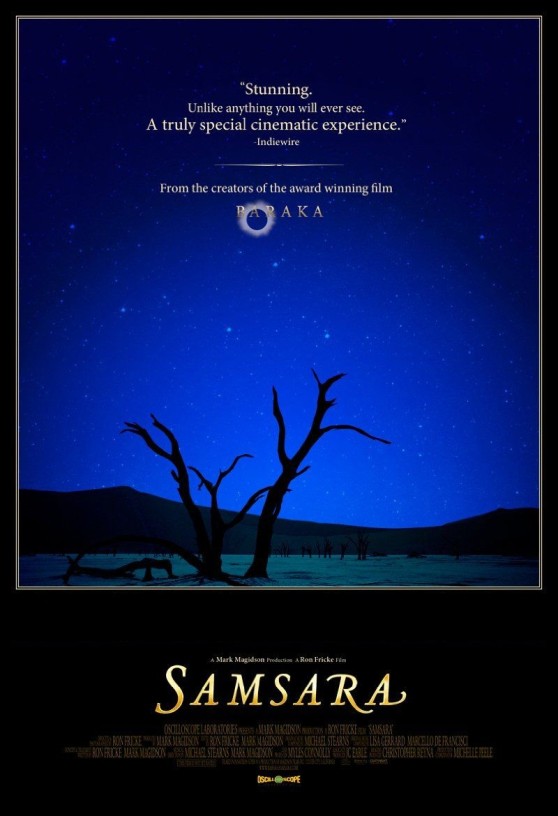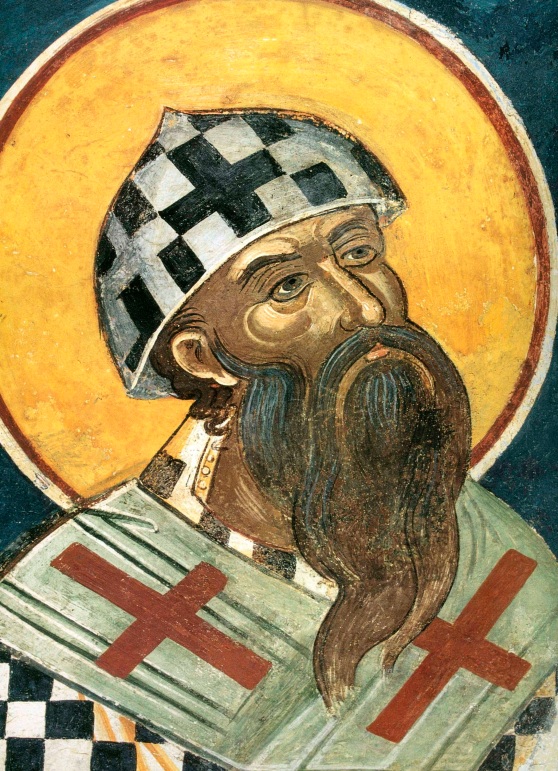spacetime coordinates: Paris, c. 1912

The Extraordinary Adventures of Adèle Blanc-Sec (French: Les Aventures extraordinaires d’Adèle Blanc-Sec), released as Adèle: Rise of the Mummy in Malaysia and Singapore, is a 2010 French fantasy adventure feature film written and directed by Luc Besson.

It is loosely based on the comic book series The Extraordinary Adventures of Adèle Blanc-Sec by Jacques Tardi and, as in the comic, follows the eponymous writer and a number of recurring side characters in a succession of far-fetched incidents in 1910s Paris and beyond, in this episode revolving around parapsychology and ultra-advanced Ancient Egyptian technology, which both pastiche and subvert adventure and speculative fiction of the period.

The film incorporates characters and events from several of the albums, in particular the first, “Adèle and the Beast”, first published in 1976, and the fourth, 1978’s “Mummies on Parade”.

wiki imdb
_____________
“In Cairo ten years ago, in the museum, I saw all the mummies, torn out of their tombs, stripped of their flowers and gods, and laid out in plain wood cases under glass with their blackened faces exposed; on the walls an American scientist had put his X-ray photos of their skeletons, and the urn containing the entrails of Queen Hapshetshut was split open and brightly illuminated.” Dangerous Emotions Alphonso Lingis




























